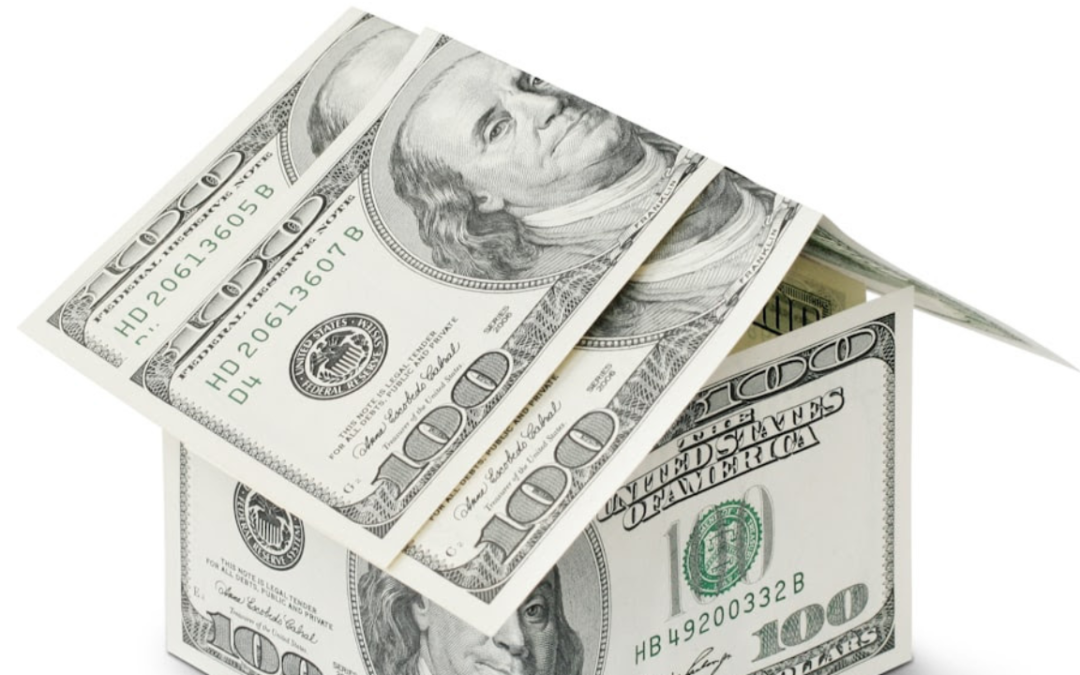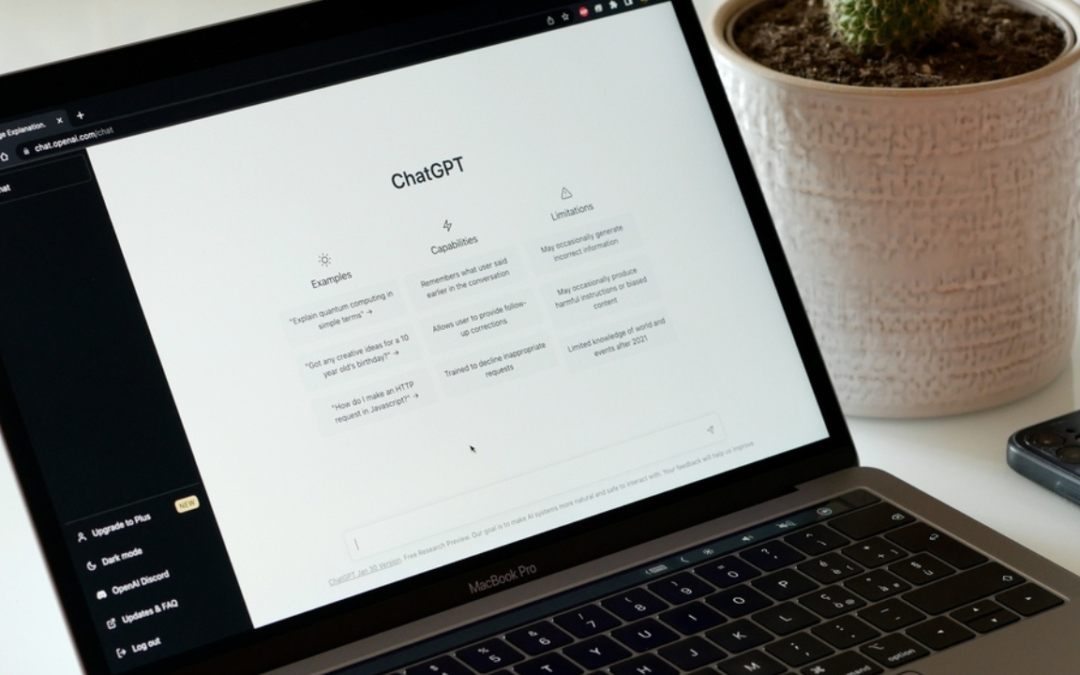The global economy is sending mixed signals. While inflation is high everywhere, activity measures are muddled. In the US, housing, capital spending, and manufacturing are stalling or in decline, whereas services and the labor market remain resilient. In Europe and Japan, business investment spending held up during the second quarter of 2022. In China, manufacturing and construction have softened, but exports have been relatively strong.
Mixed signals are confusing, but they are typical during early stages of a cyclical downturn. Some parts of the economy typically weaken before others. What is, however, unmistakable is that momentum is fading globally. Recession in advanced economies has shifted from the risk case to the base case.
We begin our survey of global growth conditions with the US, where most indicators have softened in the course of 2022. After growing just over 3% in real terms in the second half of last year, personal consumption expenditure growth slowed to just 1.7% in the first half of 2022. Household spending on durable and non-durable goods shrank in second quarter. Real housing investment slumped at nearly an 18% rate in the three months from April to June, its fifth consecutive quarterly decline. Second quarter real business investment spending was flat. Export growth has held up, but government spending—at all levels—has subtracted from GDP growth this year.
The unfolding US business cycle has many of the hallmarks of its predecessors. Monetary policy tightening and rising interest rates have taken their biggest toll on interest rate sensitive sectors of the economy, above all, residential investment. Housing demand has also been hit by falling affordability, as house price gains in recent years have outstripped personal income growth. Slowing capital expenditures also reflect higher borrowing costs, as well as increasing economic uncertainty and a rising cost of capital given the large setbacks this year in global equity markets. Typically, residential and business investment are the first sectors to stumble when the economy falters.
Spending on services is typically less cyclical. But given falling real wages and eroding wealth effects from bear markets in stocks and bonds, households are likely to cut back on various purchases. Big ticket items are likely to be hit hardest. To wit, recent surveys suggest that US consumers have not been this pessimistic about purchasing autos or homes since the early 1980s.
The labor market is a notorious lagging indicator. So, it is not surprising to see ongoing jobs growth and low unemployment (as seen in Friday’s release of the September employment report). Tight labor markets also reflect the still-large gap between unfilled vacancies and job seekers. Also, skills shortages may also lead some employers to ‘hoard’ workers, for fear they may not be able to rehire staff once they’ve been laid off.
But the labor market will not be immune to spending shortfalls. The sharp decline in vacancies reported in the most recent Job Openings and Labor Turnover Survey (JOLTS) is a sign that economic weakness and rising uncertainty are leading firms to remove job postings. Layoffs are apt to follow.
US government spending—at all levels—has turned from a powerful tailwind during the pandemic recovery into a cumbersome headwind. According to the Brookings Institution, flagging federal, state, and local government spending will subtract over half a percentage point from US GDP growth over the next twelve months.
Turning to Europe, falling real incomes (as nominal household income growth fails to keep pace with inflation) are slowing demand—albeit unevenly—across the Eurozone. Eurozone manufacturing activity is already decelerating, as it is in most parts of the world economy. Given a rising cost of capital, higher interest rates, and the energy and security challenges stemming from Russia’s invasion of Ukraine, it is difficult to see how European consumer and business spending can continue to hold up. Weaker growth will ensue, with energy shortages leading to weaker industrial production this winter.
As in the US, Eurozone (and Japanese) labor markets remain resilient. Mainly, that is about the traditional lags between business activity and layoffs, though skills shortages may also dissuade European layoffs on the scale seen in prior downturns.
China is the enigma of the world economy. Following a burst of Chinese exports in 2021 as the world economy recovered sharply from Covid lockdowns, slowing global demand is now being felt in China’s manufacturing sector. Recent surveys suggest that manufacturing activity has stalled in recent months. Meanwhile, China’s well-known property excesses mean that residential investment and related spending (e.g., on infrastructure) are also sources of weakness. Rolling Covid lockdowns are a further source of economic disruption. China long ago gave up on achieving its 2022 annual growth target of 5.5%.
The oddity is why China is unwilling to stimulate its economy in the face of domestic and global economic downturns. One explanation may be President Xi’s reluctance to admit economic weakness ahead of his renomination for an unprecedented third term this autumn. China’s policymaking establishment is presumably also unwilling to further inflate an overextended property sector. Whatever the reasons, it is unlikely that China will take on the role of the global economic locomotive in 2023 as it did in the aftermath of the 2008 global financial crisis.
Finally, most of the rest of the emerging complex (with the notable exceptions of Turkey and Russia) are focused on reducing high inflation, made worse by a stronger US dollar and the corresponding depreciation of most emerging currencies. Higher interest rates, falling real incomes, and weak export prospects are conspiring to push most emerging economies to the brink of recession.



